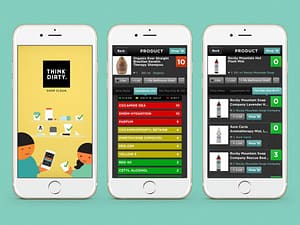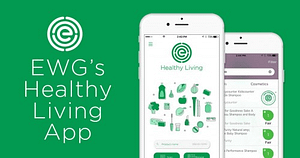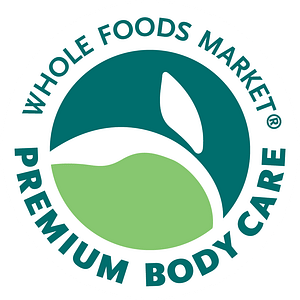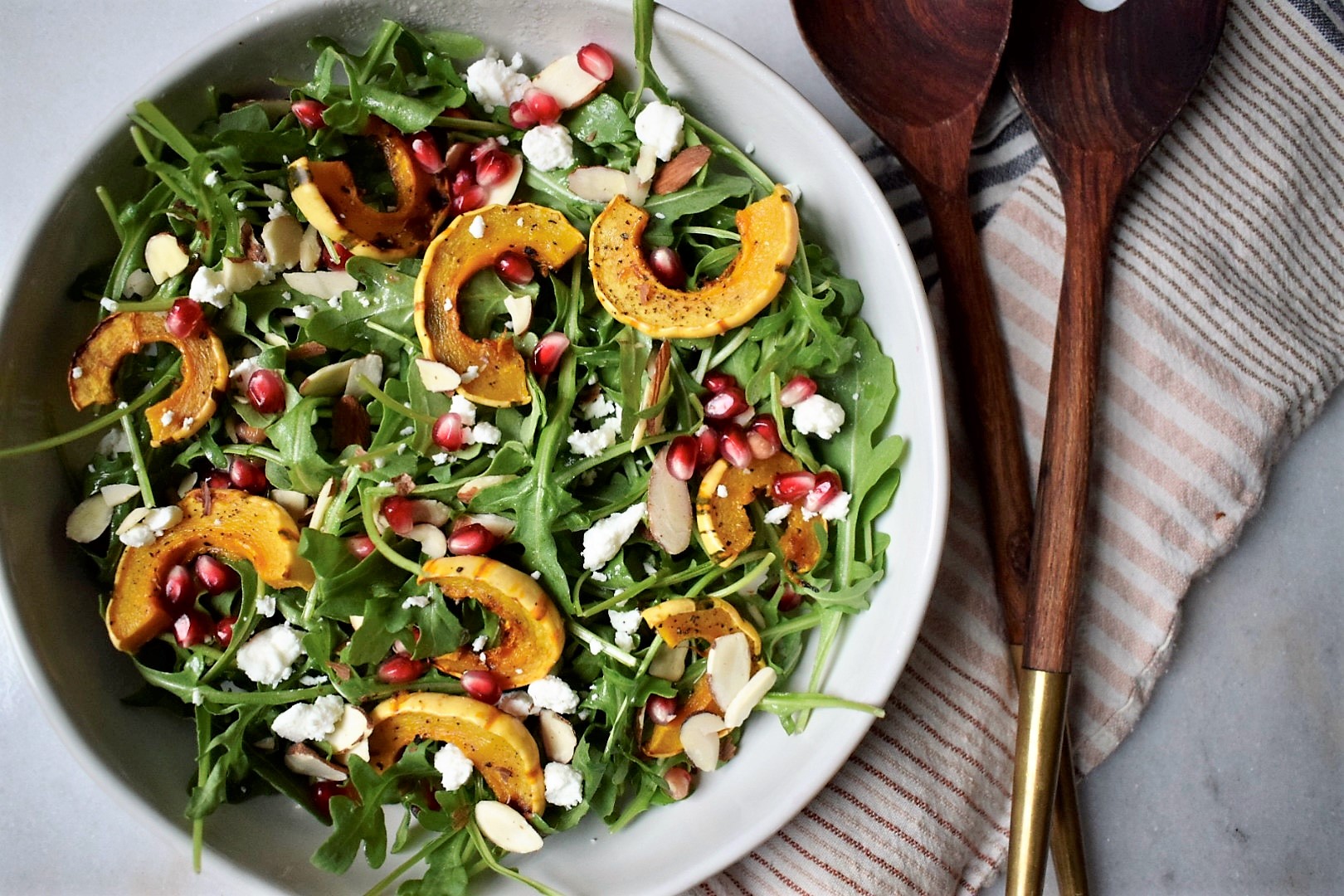
You know there’re certain foods to avoid. But have you thought about what’s absorbed by your skin everyday? Here’s what you need to know and 3 easy ways to find clean, non-toxic personal care products.
Personal care products - why pay attention?
Here’s the first thing to keep in mind: our largest organ is our skin. It acts as a protective barrier, but it’s permeable and absorbs quite a lot into the body that can enter the bloodstream, cross the placenta, and potentially the blood-brain barrier.
For some reason I never questioned what I put on my skin until I began educating myself on clean-living and environmental toxins. I quickly realized that basically all of my go-to cosmetics and personal care products were full of known toxins, carcinogens…and the term “endocrine disruptors” kept popping up.
We don’t talk about that last category a lot, but we should. Our endocrine system produces hormones, which regulate growth, metabolism, blood pressure, reproduction, mood, as well as many other necessary functions. It’s a big deal, and something to consider given that thyroid disorders alone affect over 20 million Americans (mostly women) according to the Cleveland Clinic.
Don't count on "them" - what you should know about government oversight
I used to assume “they” wouldn’t allow potentially dangerous ingredients to be in our products, but there’s actually very little government oversight in the US personal care market. In fact, only 11 ingredients are banned here, while the EU has banned over 1,300 chemicals and Canada has banned over 500 chemicals (as of this writing in 2019). Per the FDA:
“cosmetic products and ingredients, other than color additives, do not need FDA approval before they go on the market.”
What I’ve surmised from lots of research is that the US tends to have a “safe until proven harmful” approach (which is both difficult and time consuming). While other countries put the burden on the manufacturers to prove that ingredients are safe before they’re available to the public.
The FDA also allows manufacturers to omit listing thousands of synthetic chemicals that fall under the umbrella term “fragrance” (and “parfum,” etc.) on packaging. This includes phthalates, endocrine disruptors that have been inked to a range of health, hormonal, fetal and childhood developmental issues. (Side note: phthalates are also one the the big issues with plastics – that’s a whole separate post!).
As consumers, we also have to watch out for “green-washing,” as there’s no regulation over claims like “organic,” “green,” “pure,” “natural” etc. in this space. Brands often try to convey those values through their packaging, so it’s important to be informed and discerning before you buy.
How to find non-toxic personal care products
I know the process of switching to clean products can be overwhelming. It’s impossible to memorize all the ingredients you want to avoid. And especially as a woman, there are so. many. products(!!!) when you factor in cosmetics and haircare. To help make the transition easier, here are a few practical tools to find clean products without any memorization required. These tools and tips have been amazing time-savers for me and I hope you find them useful.

1. Use Think Dirty & EWG's Healthy Living App
 Download Think Dirty and the Healthy Living app from the Environmental Working Group (EWG) today. Their databases include thousands of products, which are ranked from 0/1 to 10 (10 being the most toxic/potentially harmful). Individual ingredients and products are ranked, and the EWG app breaks down the rating based on Allergy Concern, Cancer Concern, and Developmental Concern.
Download Think Dirty and the Healthy Living app from the Environmental Working Group (EWG) today. Their databases include thousands of products, which are ranked from 0/1 to 10 (10 being the most toxic/potentially harmful). Individual ingredients and products are ranked, and the EWG app breaks down the rating based on Allergy Concern, Cancer Concern, and Developmental Concern.

The databases are constantly growing, but I often use them in tandem since neither list is truly exhaustive. You can type in product names, scan bar codes, and also get recommended clean (0 and 1) products if you’re searching for safer alternatives.
2. Let trusted stores or brands filter out toxic ingredients for you
Perhaps the easiest way to make healthier choices is to shop at through trusted, high integrity retailers, and let them filter out some of the junk for you. Though there’s been a huge increase in clean personal care products available at places like Target, most of those shelves are still full of products containing known toxins and synthetic chemicals. I’m sorry, but the same is true of department store cosmetics as well. A good alternative is to shop for personal care products at places like Whole Foods Market, Thrive Market, Credo Beauty, Beauty Heros, and many more (a personal favorite is a local co-op called Rainbow in San Francisco!).
You can also find a brand you love that has a suite of products and very high standards, like Beautycounter. This way, you’re automatically filtering out a lot of common ingredients because these companies have strict policies about ingredients, packaging, sourcing, etc.. Here’s an incredible example from Beauty Heroes.
While this approach will not guarantee that all products are in the 0-3 range that I aim for (though it really depends on the brand or retailer you choose), it’s a great option for someone who is daunted by the idea of scanning bar-codes and doing a lot of research. I think this is an awesome step to take if you’re interested, but unable to invest a lot of time. Don’t let the perfect be the enemy of the good, people! This will be better than nothing if you’re trying to move away from conventional products.
3. Look for 3rd party validation and certified non-toxic products from trusted sources
Companies and non-profit organizations are making it easier for consumers to spot non-toxic and clean products on store shelves. Here are a couple of logos to look out for:

The Environmental Working Group (EWG) has created the EWG VERIFIED™ program, which includes over 1,400 products (and counting) that meet their strictest standards. Walmart is actually pushing companies that sell personal care products they carry to become EWG VERIFIED™. That’s huge!
Made Safe is “America’s first comprehensive human health-focused certification for nontoxic products across store aisles, from baby to personal care to household and beyond.” Products with this certification are free of harmful ingredients and chemicals linked to fertility problems, low birth weight, learning disabilities, ADD/ADHD, or early puberty.


The Whole Foods Market Premium Body Care™ line is another one to look out for. Those products meet Whole Foods’ “strictest standards for quality sourcing, environmental impact, results and safety,” with 400 banned ingredients.
I know a purist would give me heat for this recommendation because it’s not a 3rd party certification, but I mention it because: 1) These products meet a higher standard than many other items they carry (which are already filtered for quality and 100+ banned ingredients), 2) Accessibility is important, and Whole Foods Market has a massive footprint compared to some of the other specialty stores I like, and 3) Being a private label brand, their Premium Body Care line can be a more affordable way to access non-toxic personal care products.
To wrap up...
The process of finding clean personal care products can take time. But I do believe that you can find products you love in just about any category. And the options are only getting better. Once you find your new (clean!) go-tos, you’ll be back to shopping on auto-pilot and it won’t be something you need to think about.
And full disclosure: I couldn’t handle making swaps for everything all at once. It was way too daunting. In a future post, I’ll tell you how I prioritized and share some of my favorite products. I’ll also dive into many other categories I’ve researched and cleaned up around my home.








Pingback: Non-Toxic Sunscreen Guide - Kaleifornian